Thessaloniki gets ready for its metro launch in November
The underground rapid transit lines have been under construction for almost two decades due to various project delays
 TheMayor.EU logo
TheMayor.EU logo 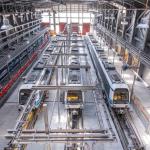
The underground rapid transit lines have been under construction for almost two decades due to various project delays

The cross pinnacle on the Tower of Jesus Christ will be ready to receive visitors in 2026 on the centennial of Gaudi’s death

Now you can get your wine in Talence by paying directly in Bitcoin

That’s because the state has to spend money on updating the railway infrastructure rather than subsidizing the cost of the popular pass

Steffen Romstöck said that he would respect the residents’ choice and would take over the helm of the municipality, even if he didn’t run
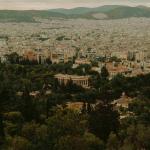
The measure, which will come into force from 1 January 2025, will be partial and temporary…for now
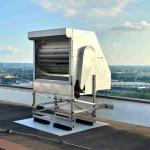
Rethinking renewable energy sources for the urban landscape

But operating them is still illegal under the country’s legislation

The examples, compiled by Beyond Fossil Fuels, can inform and inspire communities and entrepreneurs that still feel trepidation at the prospect of energy transition

Now you can get your wine in Talence by paying directly in Bitcoin

Rethinking renewable energy sources for the urban landscape

The examples, compiled by Beyond Fossil Fuels, can inform and inspire communities and entrepreneurs that still feel trepidation at the prospect of energy transition

The underground rapid transit lines have been under construction for almost two decades due to various project delays

Plus, it has a unique modular design that allows it to be shortened and lengthened like a train

At least, that’s the promise made by the mayor of Paris, Anne Hidalgo
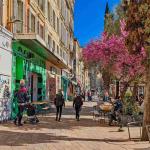
Despite its church-y name, the district has long been known as the hangout spot for the artsy crowds

At least, that’s the promise made by the mayor of Paris, Anne Hidalgo
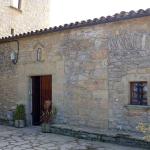
Hostal de Pinós is located in the geographical centre of the autonomous region

On the eve of the new academic year, the ranking considers several distinct but essential factors
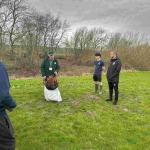
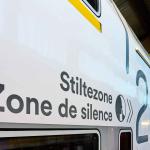
Following a successful trial phase, these quiet areas will now be available on all main routes in the country
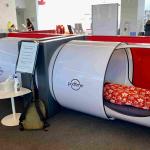
The academic institution shows a deeper understanding of the well-being of its students











The name "Dornbirn" derives from 'torrin puirron' and means 'Settlement of Torro' (an Alemannic farmer living there). This name is mentioned for the first time in 895, in a document from St. Gallen.
In 1380 Dornbirn became part of the Habsburg Monarchy. It was elevated to a market community in 1793. It received a municipal status in 1901. The mountain village of Ebnit was annexed in 1932. Dornbirn became the seat of the new Dornbirn district administrative authority in 1969.
Dornbirn is a city and municipality located in the Austrian state of Vorarlberg. Municipality of Dornbirn includes the towns of Hohenems and Lustenau.
Dornbirn is the largest city in Vorarlberg and the 10th biggest in Austria. The population of Dornbirn is 49,090 people (2017).
In Dornbirn are located the Vorarlberg's regional studio of the ORF (Austrian Broadcasting Corporation) and Zumtobel Lighting Group (an ATX traded company. Many other large companies are situated in Dornbirn.

There is the obligatory town museum connected with the archives of Dornbirn, but of greater interest is the Museum of Natural History with a highly interactive exhibition. There is also a small art museum called “Kunstraum Dornbirn”, a museum of traditional nativity scenes and a Rolls-Royce Museum.
Historic attractions are a few old houses around the town centre and the market square: The Rotes Haus or "red house" was built in 1639 and served as a pub. The martinskirche Church was built in 1839-40 and is mostly a historicist building of mediocre interest.

The city does not boast an awful lot of attractions. Dornbirn welcomes mostly nature-lovers and aficionados of modern architecture. In the past 20-odd years, Vorarlberg has become a hot-bed for innovative architecture in Austria, and Dornbirn is one of the most significant examples of this trend.
Address: Rathausplatz 2, 6850 Dornbirn